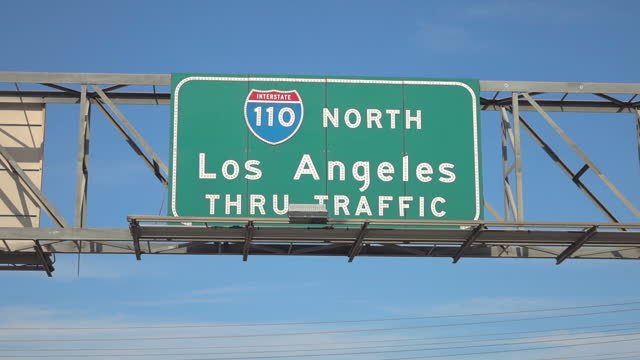
- calendar_month August 28, 2024
- folder Community Engagement
Sharing Tags
Commute Life, Freeway System, Home Buying, Houston Freeway, Infrastructure, Interstate Highway, JohnHart, JohnHart Real Estate, Los Angeles Traffic, Nathan Derry, Nathan Derry JohnHart, Nathan Derry Realty, Nathan Derry Recommends, Nathan Derry Tips, Nathan Derry, JohnHart Real Estate, Real Estate Tips, Travel
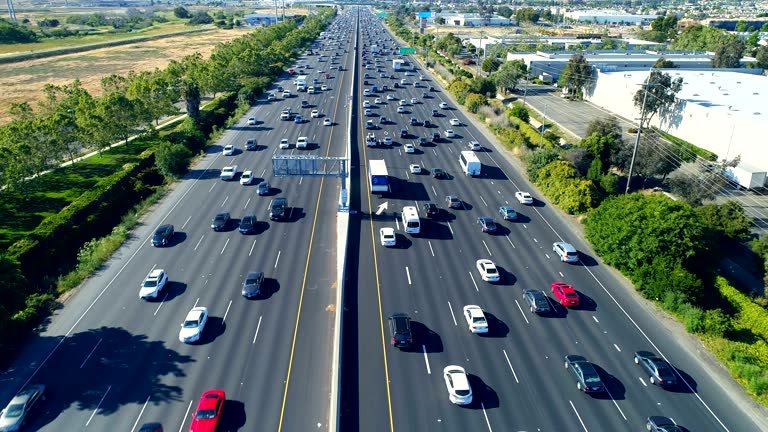
Hi there! I’m Nathan Derry with JohnHart Real Estate, and today I want to take a moment to delve into a topic that’s not only essential for our daily commutes but also for understanding the infrastructure that keeps our cities connected—the freeway system. Whether you’re a seasoned driver or a newcomer navigating the roads, understanding how our freeway system works can make a world of difference.
How Did They Come Up with the Freeway System?
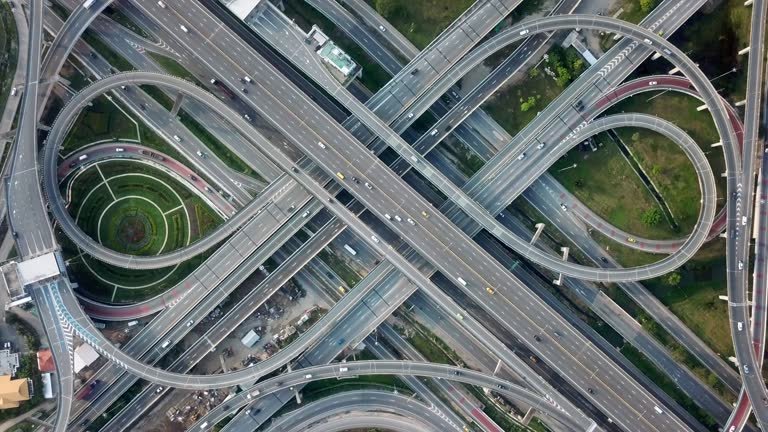
The United States freeway system, formally known as the Interstate Highway System, was established in the 1950s under President Dwight D. Eisenhower. Inspired by the efficient autobahns in Germany, Eisenhower recognized the need for a comprehensive network of highways to improve national defense, boost economic growth, and connect the country more effectively. The Federal-Aid Highway Act of 1956 paved the way (pun intended) for the creation of this vast system, which now spans over 47,000 miles.
What Do the Numbers Mean?

The numbering system for freeways in the United States isn’t random—it’s a carefully designed system that provides valuable information about the direction and location of the highway. Here’s how it works:
- Interstate Highways: The primary freeways that run across state lines are designated with one- or two-digit numbers.
- East-West Routes: These highways have even numbers. For example, I-10 runs east-west from California to Florida.
- North-South Routes: These highways have odd numbers. For example, I-5 runs north-south along the West Coast from California to Washington.
- Three-Digit Interstates: These are typically auxiliary routes connected to a primary interstate.
- First Digit Matters: If the first digit is even, the route is a loop or bypass around a city (e.g., I-405). If the first digit is odd, it’s a spur route that leads into a city (e.g., I-110).
Is There Any Correlation Between Numbers and Direction?
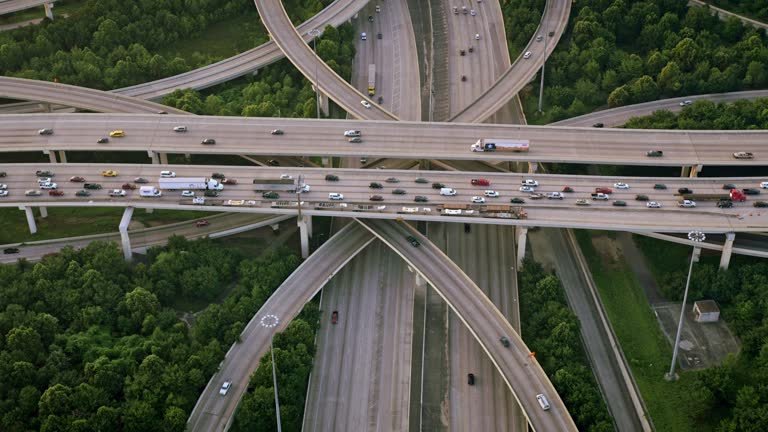
Absolutely! As mentioned, the direction of the freeway correlates with the number—odd numbers for north-south routes and even numbers for east-west routes. Additionally, the numbering increases from west to east and from south to north. So, I-5 runs along the West Coast, while I-95 runs along the East Coast. Similarly, I-10 runs across the southern part of the country, while I-90 runs closer to the northern border.
The Most Used Freeway and the Freeway with the Most Lanes
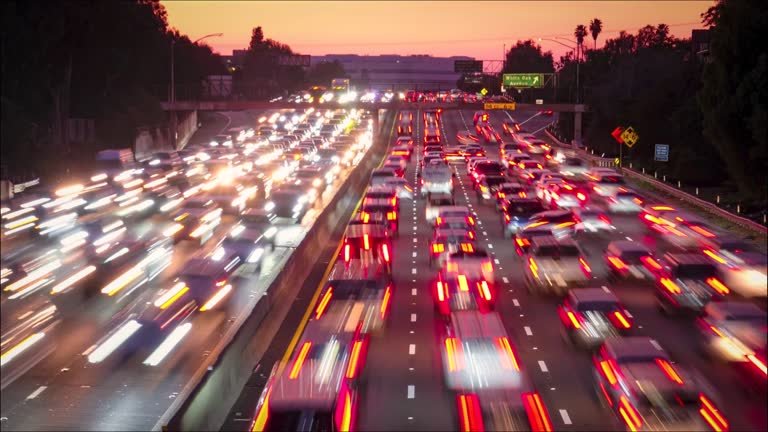
When it comes to the most used freeway, Interstate 405 (I-405) in Los Angeles is often cited as the busiest. Known locally as “the 405,” this freeway sees an immense amount of daily traffic as it connects several major Los Angeles suburbs and is a crucial route for both commuters and long-distance travelers.
As for the freeway with the most lanes, that title goes to a section of Interstate 10 (I-10), also known as the Katy Freeway in Houston, Texas. This stretch of road boasts an incredible 26 lanes at its widest point, including frontage roads and high-occupancy vehicle lanes. It’s a testament to the scale of infrastructure needed to manage traffic in one of the country’s largest metropolitan areas.
Why This Matters for Homebuyers
Understanding the freeway system is essential not only for getting around but also for making informed decisions about where to live. Proximity to major freeways can greatly impact your daily commute, the value of your home, and your overall lifestyle. Whether you’re buying your first home or looking for an investment property, considering the freeway system is a key part of the process.
All the best,
Nathan Derry, Realtor

📍JohnHart Real Estate
📞(424) 303-0440
📧 nathan@jhagents.com
👨🏽💻 itsnathanderry.com
Interested in seeing a property or one of my off market properties in person? Contact me today! Who you hire matters!!!
Ready to make the best move of your life… let’s chat today!
